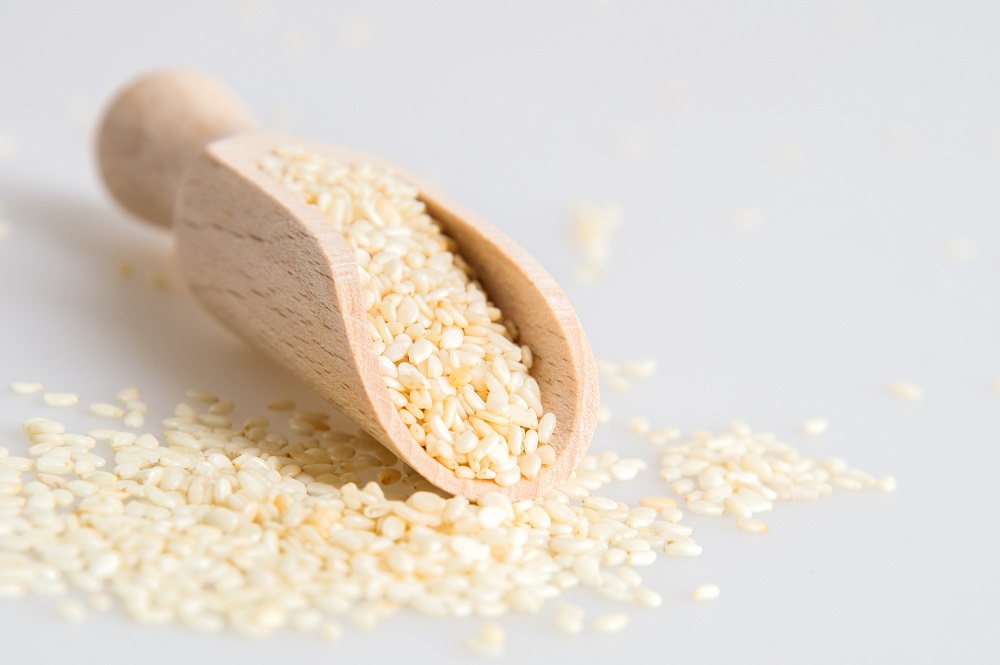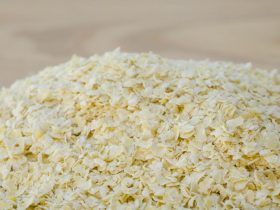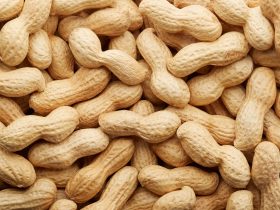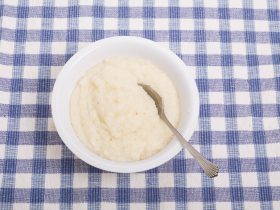Sesame seeds, fittingly, refer to the seed pods produced by the sesame, a flowering African plant cultivated for its oil and oilseeds dating back to over three thousand years ago. With a unique and subtle nutty flavor, sesame seeds are either pressed in order to make use of their oil or are added whole to various dishes and seasonings1.
Because of their high fat content and the fact that sesame seeds are often sold in large volumes, it is not uncommon for home chefs and food distributors to ask the question; how long do sesame seeds last?
Sesame seeds can last for up to eight months when stored in the correct conditions, though this number is only an estimated maximum and depends on a plethora of factors that can be difficult to control for. Ideally, following the proper storage procedure and environment will allow sesame seeds to last close to their estimated maximum length of time.
How Long do Sesame Seeds Last at Room Temperature?
When most organic foodstuffs are stored at room temperature and average kitchen relative humidity, they often begin to decompose or spoil in a short length of time owing to the fact that these conditions are both conductive to the propagation of microbes as well as the fact that internal enzymes within the foodstuff are catalyzed at these temperatures.
However, this does not apply to sesame seeds at all. Provided that there are no insects or direct sunlight, sesame seeds can last for up to eight months at room temperature.

This length of time is meant for roasted sesame seeds, however, and does not indicate the relative shelf-life of raw sesame seeds or sesame seeds that have been otherwise treated, such as if they were suspended in oil or dressing.
The exact length of time raw sesame seeds may remain shelf-stable at room temperature is variable, but on average should last for at least an entire year in the right conditions.
Should You Refrigerate Sesame Seeds?
Refrigeration is the most commonly used form of food preservation because of the effects cold has on the two primary reasons behind food spoilage; the enzymes of organic produce and microbiological life forms.
When placed in sufficiently cold enough temperatures, namely anything below 32°F, enzymes are inhibited or stopped, depending on exactly how low said temperatures are. This also applies to bacteria and fungi, who find cold temperatures to be largely uninhabitable or otherwise inhospitable to reproduction and survival. If not outright killed, these microbes will be deactivated at the least.
However, considering the fact that sesame seeds already last a significant amount of time in the pantry or cupboard alone, it is unlikely that you will ever need to refrigerate them. Sesame seeds will last approximately the same length of time in the refrigerator as they would out of it.
This is not true for dishes and products created from sesame seeds, however. Foodstuffs like tahini and sesame oil do indeed require different storage requirements to the whole seeds themselves.
How to Freeze Sesame Seeds
Unlike choosing to refrigerate your sesame seeds, freezing them will absolutely extend their shelf-life, far longer than they would possibly last at room temperatures. Placing your sesame seeds in the freezer, unlike with other organic produce, will not affect their quality in any tangible way, and as such they provide an excellent candidate for freezing.
However, freezing sesame seeds requires several steps be taken in order to ensure that their shelf-life and quality is not compromised during their long stay in the freezer.
The equipment you will need in order to properly freeze the sesame seeds are several resealable plastic pouches, a parchment-lined baking sheet and a large freezer-safe air-tight container.
To begin, first spread the sesame seeds out over the parchment-lined baking tray. This will allow any excess moisture that may be present on the surfaces of the seeds to be leached out into the parchment below.
Now dried, gauge the amount of sesame seeds you will need per serving size in the future. Separate the sesame seeds into individual batches of the approximate volume needed. Pour the individual serving-size batches into their own separate resealable plastic pouch.
This step will allow you to retrieve your sesame seeds from the freezer to use without compromising the entire lot, since repetitive thawing and freezing can cause condensation and freezer burn within the plastic pouch.
Place the resealable plastic pouches together in your air-tight container so as to protect them from freezer burn and being crushed beneath other objects in your freezer.
Do Roasted Sesame Seeds Last Longer?
When foods are placed in hot environments such as a stove or oven, their intermolecular bonds begin to break down or otherwise change, resulting in simpler sugars and lipid molecules that may be easily broken down by other forms of life.
In simpler terms, this means that after roasting, sesame seeds are far more susceptible to consumption by microbiological life or can otherwise degrade by environmental factors that affect the seeds at a molecular level.
While the relative length of time sesame seeds last is still quite long, roasted sesame seeds do not remain edible as long as their raw counter-parts, and as such it is advisable to only purchase them within eight or so months of your desired consumption date.
Signs That Sesame Seeds Have Gone Bad
Despite the long stretch of time sesame seeds can remain edible, it is still entirely possible for them to spoil and otherwise become unsafe to eat. As always, do not attempt to taste the sesame seeds if you think that they may have gone bad, as this could result in food poisoning.
The clearest sign that sesame seeds have begun to spoil is a rancid or otherwise rotten odor emanating from them. This often indicates that the lipid compounds in the seeds have begun to degrade, and as such it is best to discard the entire batch unless they have been stored in separate containers.
Apart from these smells, sesame seeds may also begin to turn a dark brown or black in the event that they have been exposed to fungi or sufficiently high-moisture environments. Discolored or otherwise splotchy seeds are a sign that they have been stored improperly and are unsafe to eat, and as such it is best to throw the entire batch out.
References
1. “Sesame seed production in 2018, Crops/World Regions/Production Quantity from pick lists”. UN Food and Agriculture Organization Corporate Statistical Database (FAOSTAT). 2020.
2. Heuzé V., Tran G., Bastianelli D., Lebas F., 2017. Sesame (Sesamum indicum) seeds and oil meal. Feedipedia, a programme by INRA, CIRAD, AFZ, and FAO.





Hi, I'm Dom
Dom Eats was started to help other people fall in love with food. While cooking can feel intimidating, it doesn't have to be.